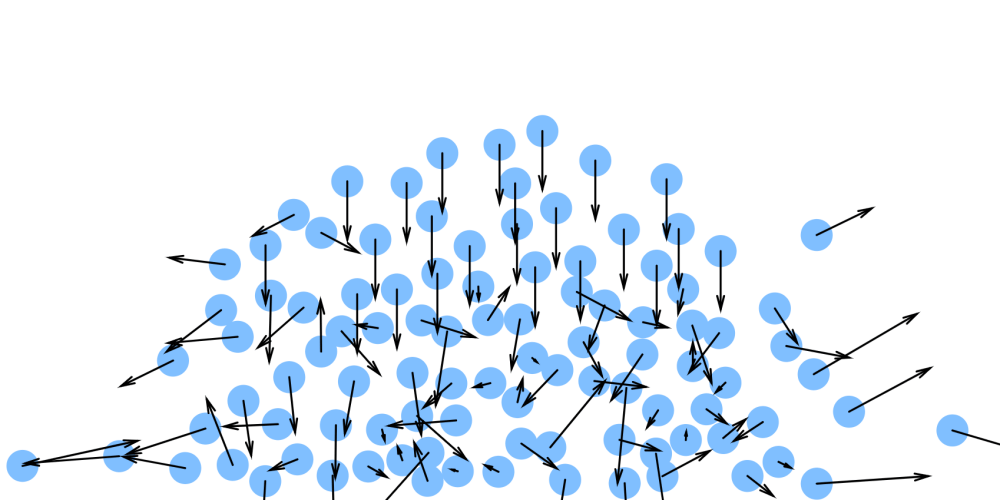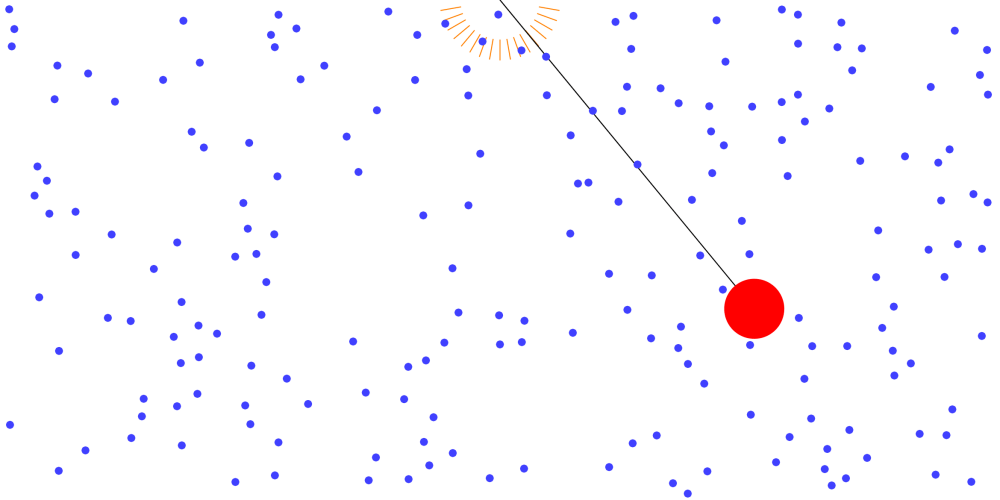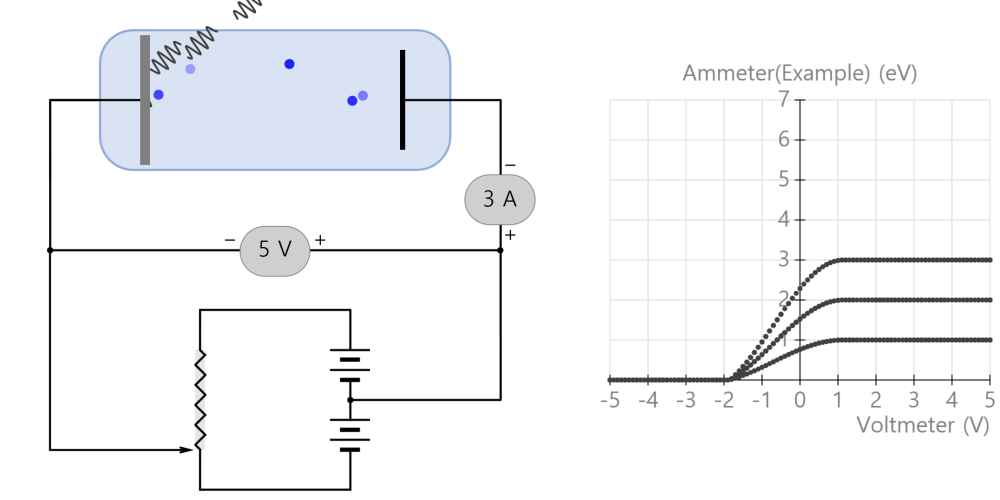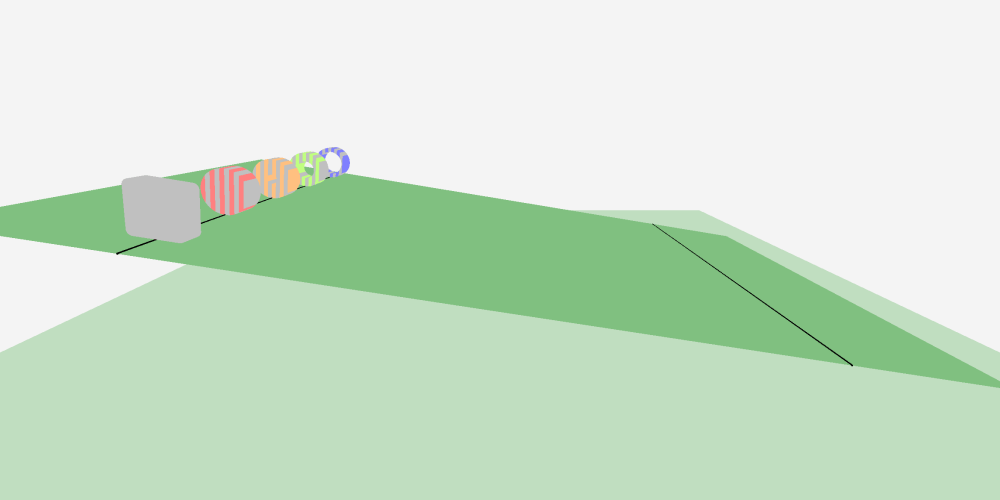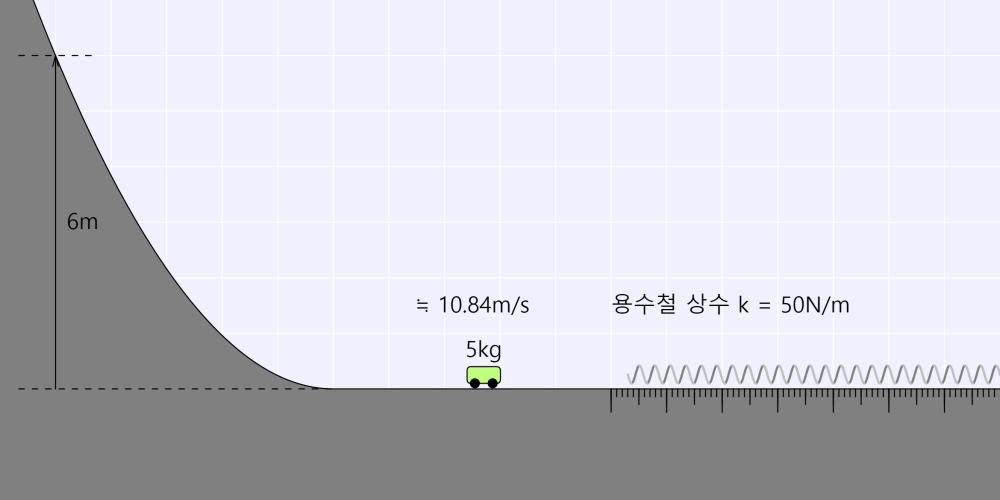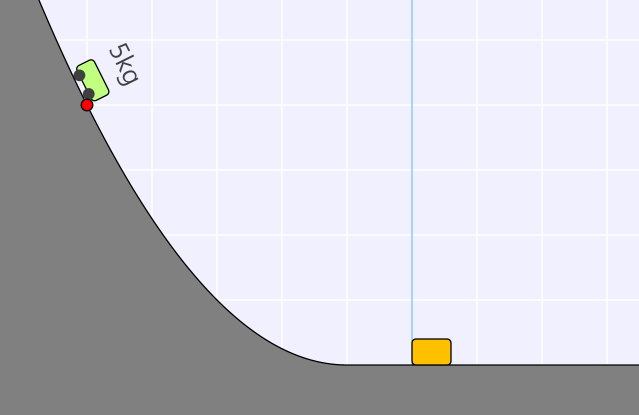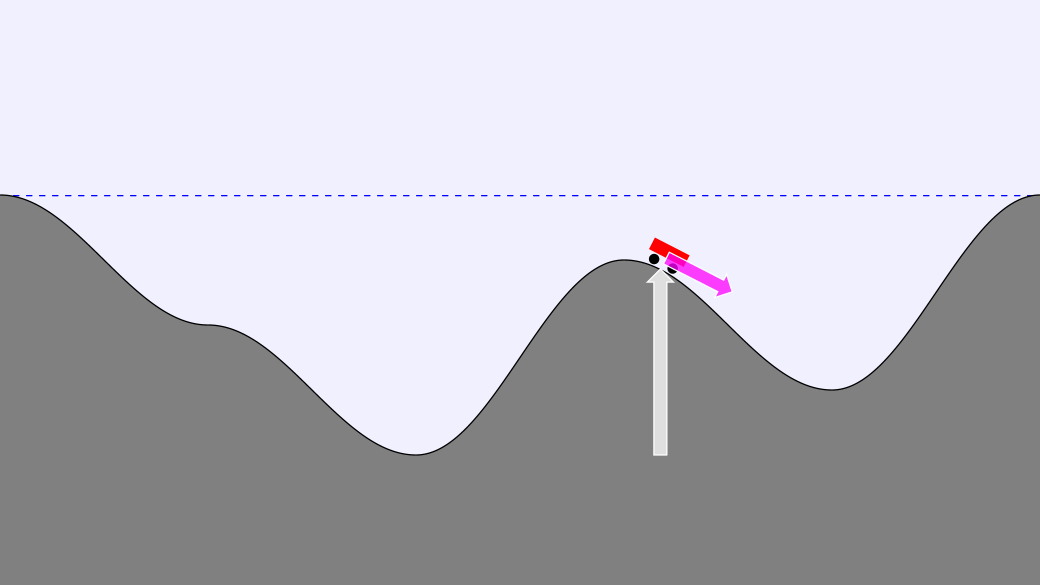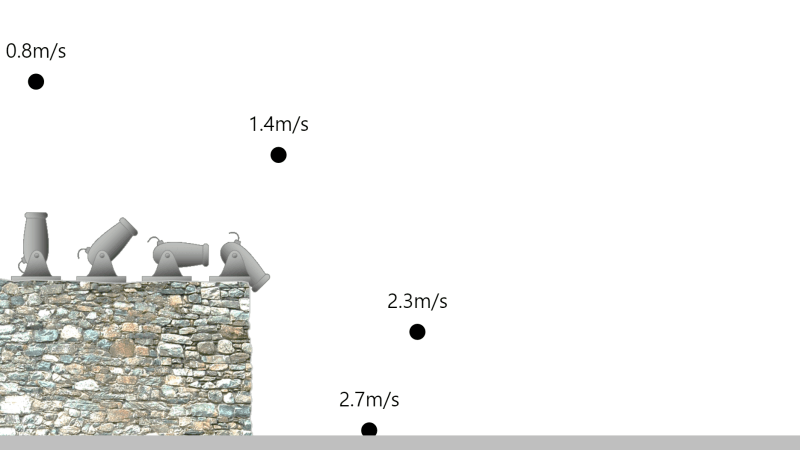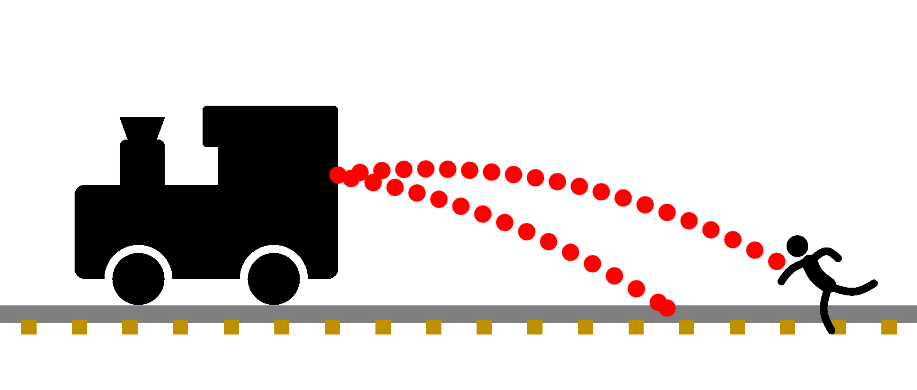Where did the droplet’s energy go? (The second law of thermodynamics and irreversible phenomena)
* In this simulation, the attraction between particles is not considered. Where did the droplet’s energy go? Let’s think about the free fall of a water drop. From a macro perspective, falling water droplets change position … more
